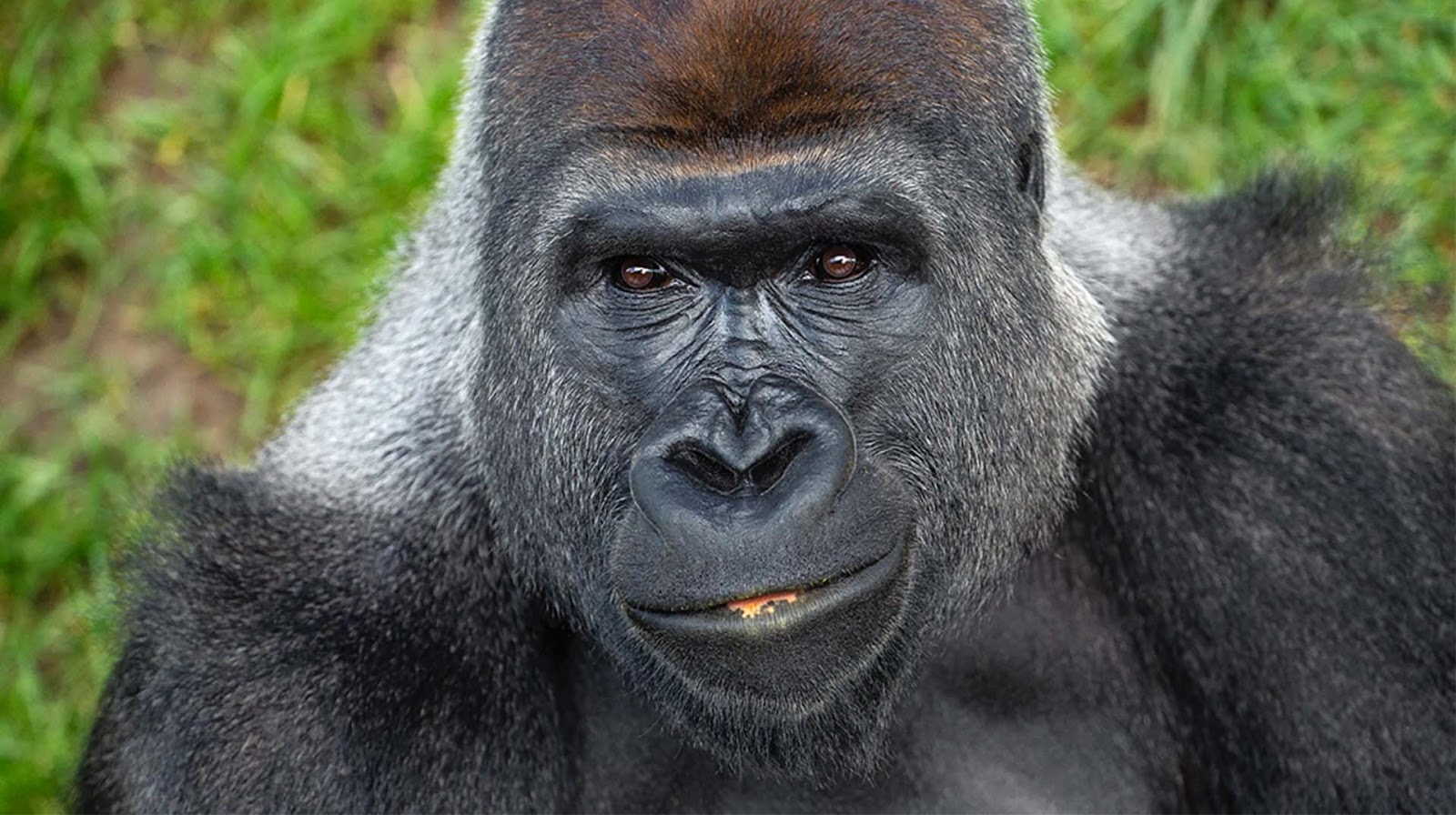Big monkeys, often referred to as large primates, capture the imagination of many due to their impressive size and intriguing behaviors. From the majestic baboons to the powerful gorillas, these creatures are not only vital to their ecosystems but also provide insight into the evolutionary history of primates. In this comprehensive article, we will delve into the various species of big monkeys, their habitats, social structures, and their significance in the animal kingdom.
The allure of big monkeys goes beyond their physical attributes; they exhibit complex social behaviors and intelligence that rival many other species. Understanding these primates can help us appreciate the delicate balance of nature and the importance of conservation efforts. This article aims to provide a detailed exploration of big monkeys, highlighting their unique characteristics and the threats they face in the wild.
As we embark on this journey to learn about big monkeys, we will cover various aspects such as their biology, behavior, habitats, and conservation status. Whether you are a primate enthusiast or simply curious about these magnificent creatures, this article will serve as an informative resource.
Table of Contents
- Biography of Big Monkeys
- Different Species of Big Monkeys
- Habitat and Distribution
- Social Behavior and Structure
- Intelligence and Communication
- Conservation Status
- Threats to Big Monkeys
- Conclusion
Biography of Big Monkeys
Big monkeys, or large primates, belong to various families within the order Primates. They are characterized by their larger body size compared to smaller monkey species. Notable examples include gorillas, chimpanzees, orangutans, and baboons. Each species has its unique traits and adaptations that help them thrive in their respective environments.
Data and Personal Information
| Species | Scientific Name | Habitat | Average Weight | Conservation Status |
|---|---|---|---|---|
| Gorilla | Gorilla gorilla | Tropical forests of Africa | 150-250 kg | Critically Endangered |
| Chimpanzee | Pan troglodytes | Tropical forests and savannas | 40-70 kg | Endangered |
| Orangutan | Pongo pygmaeus | Rainforests of Borneo and Sumatra | 50-100 kg | Critically Endangered |
| Baboon | Papio | Savannas and open woodlands | 20-45 kg | Least Concern |
Different Species of Big Monkeys
There are several species classified as big monkeys, each with unique characteristics. Here are some of the most prominent species:
- Gorillas: The largest primates, gorillas are known for their immense strength and social structures led by a dominant male.
- Chimpanzees: Closely related to humans, chimpanzees exhibit advanced problem-solving skills and emotional depth.
- Orangutans: Known for their reddish-brown hair, orangutans are arboreal and spend most of their lives in trees.
- Baboons: Social animals that live in troops, baboons are adaptable and can thrive in various environments.
Habitat and Distribution
Big monkeys inhabit diverse environments ranging from tropical rainforests to savannas. Their distribution is primarily influenced by factors such as climate, food availability, and social structure.
Habitat Characteristics
- Tropical Rainforests: Home to gorillas and orangutans, these forests provide ample food and shelter.
- Savannas: Baboons thrive in these open habitats, where they can forage for food and establish social groups.
- Woodlands: Chimpanzees prefer areas with a mix of trees and open space, allowing them to navigate their environment easily.
Social Behavior and Structure
Big monkeys exhibit complex social behaviors that vary by species. Their social structures play a crucial role in their survival and reproduction.
Social Structures
- Gorillas: Live in family groups led by a dominant silverback male.
- Chimpanzees: Form intricate social bonds and engage in cooperative behaviors.
- Baboons: Live in large troops with a strict hierarchy, which helps maintain order and safety.
Intelligence and Communication
Big monkeys are known for their high intelligence levels, which enable them to adapt to their environments effectively. They use various forms of communication, including vocalizations, gestures, and facial expressions.
Communication Methods
- Vocalizations: Different calls are used to convey warnings, attract mates, or communicate with group members.
- Gestures: Body language plays a significant role in social interactions.
- Facial Expressions: Monkeys use facial cues to express emotions and intentions.
Conservation Status
Many big monkey species face various threats, leading to significant declines in their populations. Conservation efforts are crucial to ensure their survival.
Conservation Efforts
- Protected Areas: Establishing national parks and reserves helps preserve habitats.
- Anti-Poaching Initiatives: Efforts to combat illegal hunting can protect vulnerable populations.
- Public Awareness: Educating communities about the importance of primate conservation promotes coexistence.
Threats to Big Monkeys
Big monkeys face numerous threats, including habitat destruction, poaching, and climate change. Understanding these challenges is essential for developing effective conservation strategies.
Major Threats
- Habitat Destruction: Deforestation for agriculture and logging reduces available space for primates.
- Poaching: Illegal hunting for bushmeat and the pet trade poses significant risks.
- Climate Change: Altered weather patterns affect food availability and habitat conditions.
Conclusion
In conclusion, big monkeys are fascinating creatures that play vital roles in their ecosystems. Their complex social structures, intelligence, and behaviors make them a subject of great interest for researchers and wildlife enthusiasts alike. However, the threats they face cannot be ignored. It is crucial to support conservation efforts to ensure their survival for future generations. We encourage you to share your thoughts in the comments below, spread the word about the importance of primate conservation, and explore more articles on our site to learn about other incredible species.
Final Thoughts
Thank you for taking the time to explore the captivating world of big monkeys with us. We hope this article has provided valuable insights into these remarkable primates. Be sure to return to our site for more engaging articles and updates on wildlife conservation.
Khalistan Map: Understanding The Quest For A Separate Sikh State
Understanding The Thumb Head Guy From Spy Kids: A Dive Into His Character And Influence
Zac Efron Nuds: The Untold Story Behind The Star's Journey


